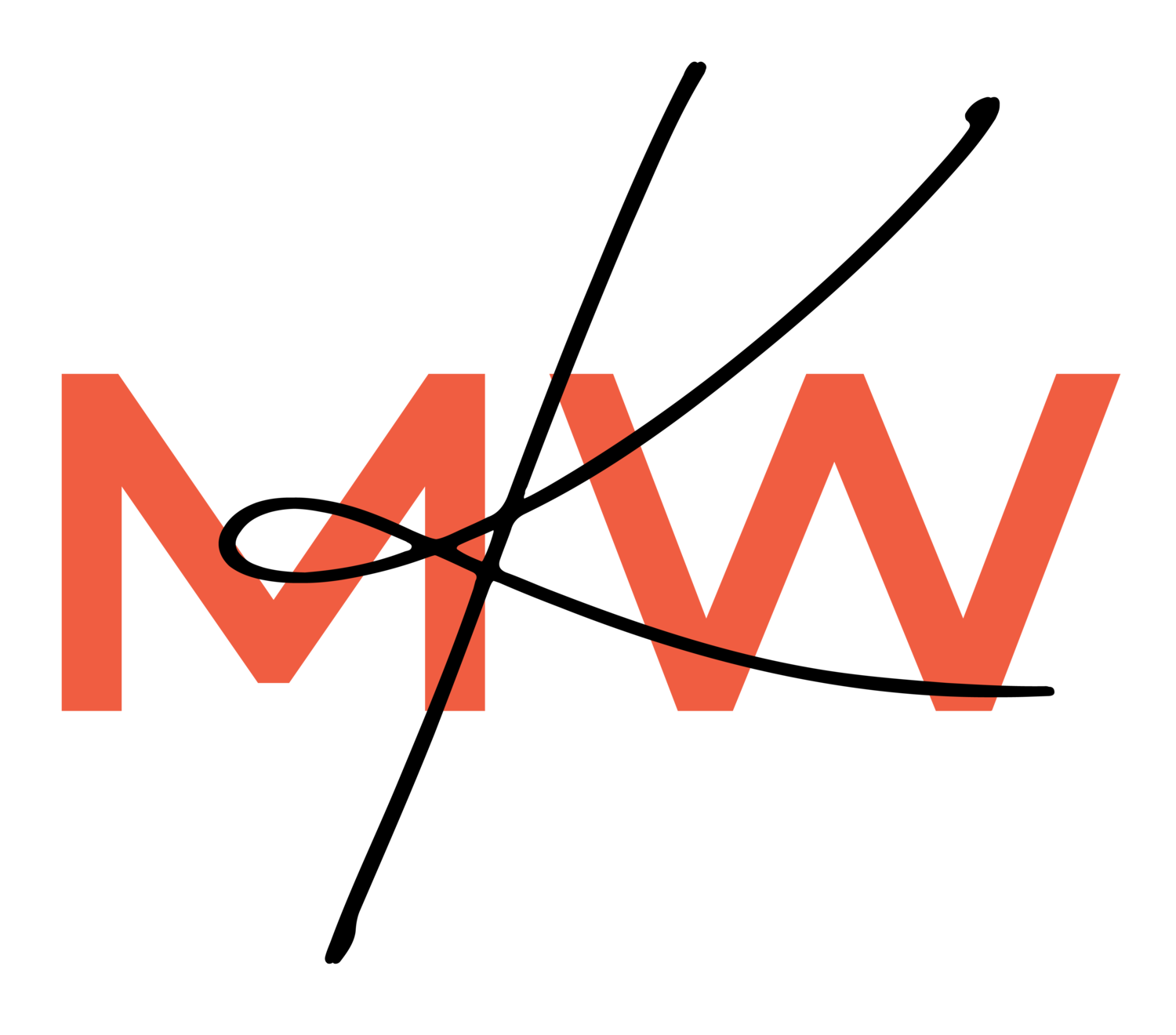Did We Predict the S&P 500 Bottom?!
The sky was falling in the second half of 2022.
So much so that, last July, I published a piece called, “No, We’re Not in a Recession, But Somehow this Economy *Feels* Worse.”
It was my attempt at parsing the hard data (low unemployment, relatively calm credit markets, and strong consumer spending) with a panicked sentiment that we were doomed to a decade of stagflation, homesteading, and selling our raggedy-ass shares of VOO for pennies on the dollar to roving bands of cannibals.
All of us reading the financial news. (Image credit: The Last of Us, Max.)
In that article, I made a rogue prediction for the bottom: the S&P 500 at 3,200 points. The math of how I arrived at this figure is unimportant, but it was the result of my attempt to “undo” quantitative easing’s effects on markets, since all the smartest Twits on FinTwit were confident that until we flushed the excess cash out, things were going to be overvalued. At the time the piece was published, the S&P 500 was at 3,966—which would’ve meant it had a pretty far way to fall for my premonition to come true.
It’s important to note at this point that my wheels-off efforts at cosplaying a human fortune cookie were solely for shiggles: I was dollar-cost averaging into the inferno the entire time, and trying to make the thrashing a little more entertaining.
Fortunately, I was wrong (and a bit too pessimistic). The real bottom happened on October 12, at 3,491. So while I didn’t accurately predict the bottom, it turns out our guest that week on The Money with Katie Show did.
A guest on The Money with Katie Show may have accurately called the bottom
On October 19, we released an episode with Liz Young, the head of investment strategy at SoFi. I was reading her interview this morning because I seemed to recall her delightfully common-sense (and oddly prescient!) explanation for the situation we’re in now, in 2023: The S&P 500 is up 16% YTD, as of today, July 3. Unemployment is still at an all-time low. Interest rates are in line with historical averages. Inflation peaked a year ago and continues to come down. As Jack Raines asked a couple weeks ago, did the Fed pull off the soft landing?
Nothing about the 2023 forecasts suggested we’d be riding high right now, and yet…here we are.
So what gives? Let’s ask Liz, from her October 2022 interview:
“The market is a forecasting mechanism. It's forward-looking; it tries to predict what the economy will be 6–12 months from now. The market bottoms first, earnings bottom second, and the economy last.”
This reality—that the stock market and the economy are operating on different “timelines,” so to speak—triggers a flaw in human judgment that creates issues for regular-shmegular investors. I can’t tell you how many messages I received throughout the second half of 2022 that said something to the effect of, “Things are looking like they’re going to get worse. Is now a good time to hold off on investing more?”
Of course, that’s the exact opposite of what those types of tumultuous times call for, but the collective amnesia that sweeps through brokerage accounts is enough to make even the most seasoned investor second-guess their plan.
But Liz had some words of wisdom in that episode that now stick out to me as perhaps the best advice we’ve ever shared on the show:
“I have a feeling that we're going to look back on this period and wish we had bought more.”
Had our listeners heeded her advice that day, they’d be up roughly 21% right now.
I was afraid to air the comment
I distinctly remember the post-production process for this episode, because we had a conversation about whether or not to cut that line—could it be construed as financial advice? “I don’t know, man,” I remember thinking, “Shit is so bad right now. Is it irresponsible for us to release this in the event things just keep crashing? What if this time it’s different?”
After all, remember that the months leading up to the interview looked like this:
In the end, we decided to keep it, because we knew Liz was a professional and her sentiment was expressly about “feelings” as opposed to a hard-and-fast recommendation or directive.
But it gives you a sense for the vibes of the period.
The last 12 months have been a crash course in trusting the data instead of the vibes. As that annoying saying goes, “Facts don’t care about your feelings.”
That’s why this week’s episode of The Money with Katie Show is all about the classic investor folly that’s statistically most likely to cut your returns in half (and that’s no hyperbole). Give it a listen—because who knows? It just might prevent you from selling off at the most inopportune time.



